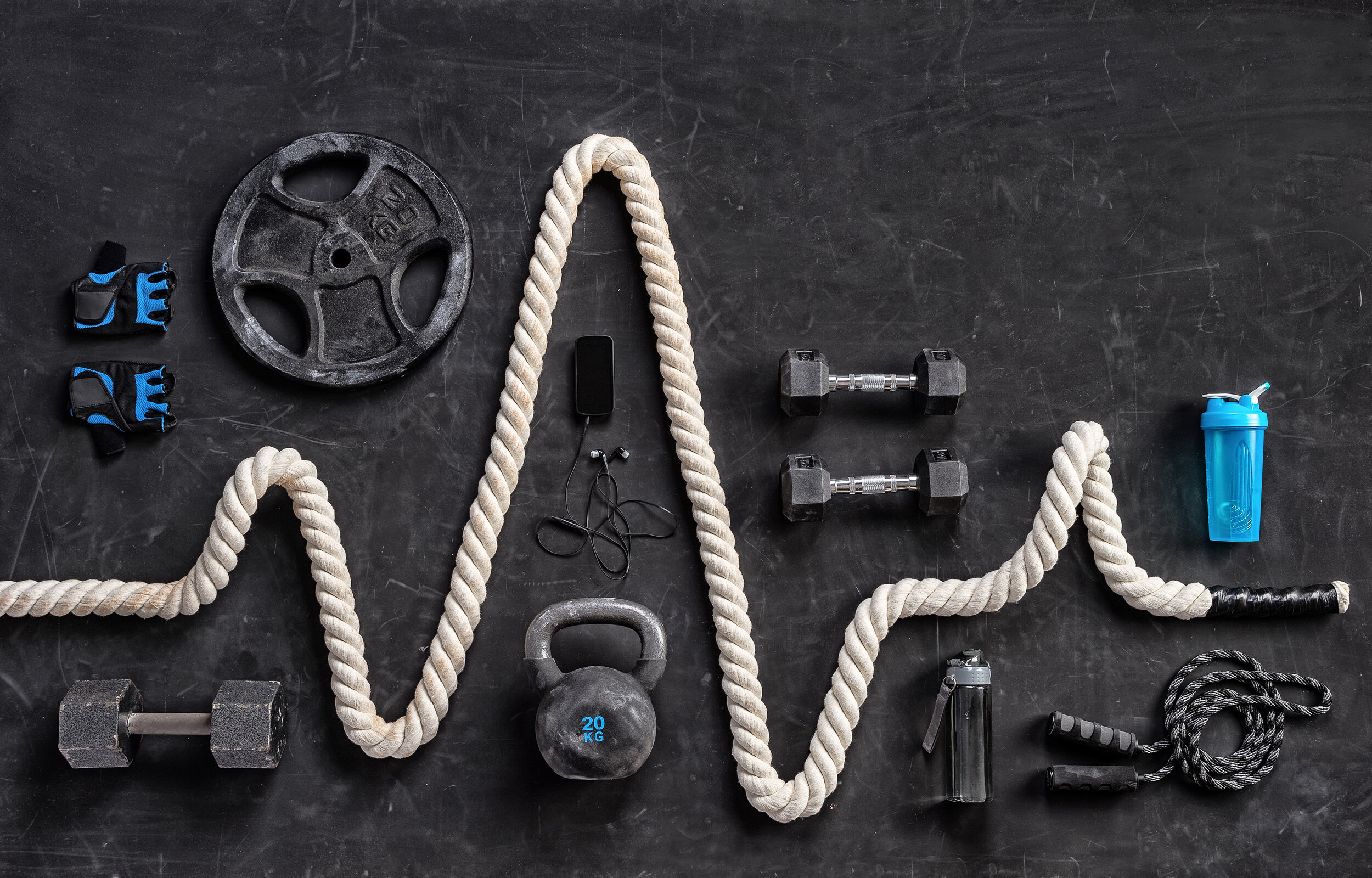
FIT Facts
Back to school also means back to your routine.
Back to school also means getting back into your fitness routine.
What happens when you eat too much sugar? How to recover from Halloween candy binge
The sweet danger of sugar . Too much added sugar can be one of the greatest threats to cardiovascular disease. Here's how to curb your sweet habit.









